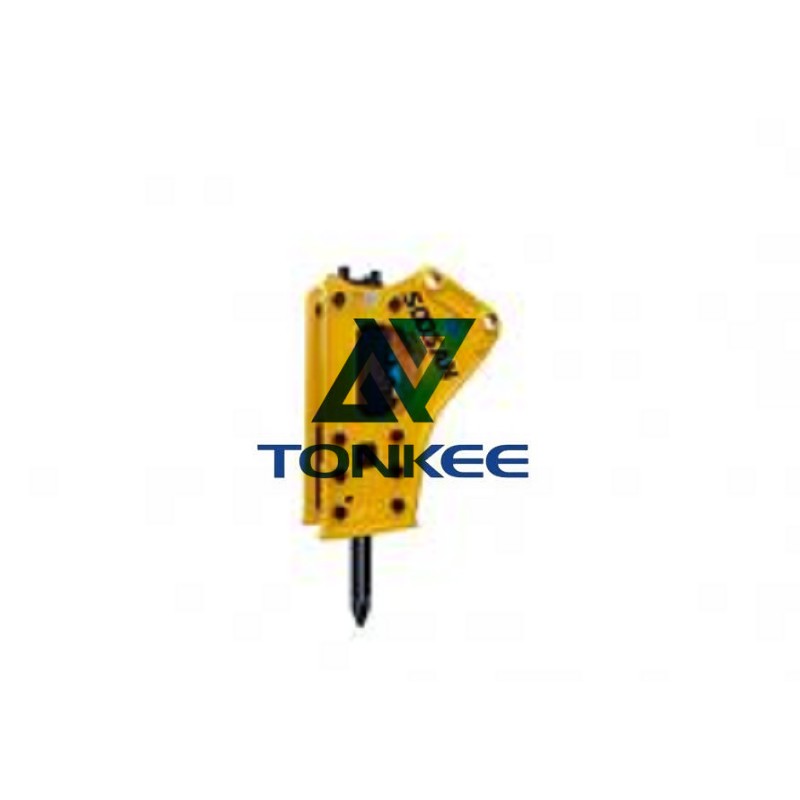
One of the key features of the SB100 is its total length of 2623mm.
This compact size ensures better maneuverability and accessibility to tight spaces on construction sites, allowing operators to reach areas that might be challenging for larger machines. Despite its smaller size, the SB100 maintains impressive power and impact force, making it suitable for a wide range of demolition tasks.
The hydraulic system is the heart of the SB100, and it plays a crucial role in its performance. The breaker hammer is powered by the hydraulic system of the carrier machine (such as an excavator or a backhoe loader). The hydraulic fluid is pressurized, and when it reaches the hydraulic cylinder in the breaker, it forces the piston forward. The piston, in turn, strikes the chisel or tool at the end of the breaker, generating high-energy impacts that break the material.
To ensure efficient operation and prevent damage, the SB100 is equipped with a variety of safety features.
These features may include an automatic shut-off mechanism in case of hydraulic pressure fluctuations, an energy recovery system that recycles energy from recoil, and anti-blank firing to prevent damage to the breaker and the carrier.
The SB100 is constructed using high-quality materials, such as specialized steels that offer exceptional strength and resistance to wear and tear. This robust construction allows the breaker hammer to withstand the extreme forces and vibrations it experiences during operation, leading to a longer service life and reduced maintenance costs.
With a weight suitable for a range of carriers, the SB100 hydraulic breaker is versatile and can be easily attached to various machines. The ease of attachment and detachment ensures that the breaker can be quickly swapped between different carriers, enhancing job site efficiency and reducing downtime.
The breaker's design also incorporates features to minimize noise and vibrations during operation. This is essential not only for the comfort of the operator but also to comply with noise regulations on construction sites and reduce the risk of fatigue-induced accidents.